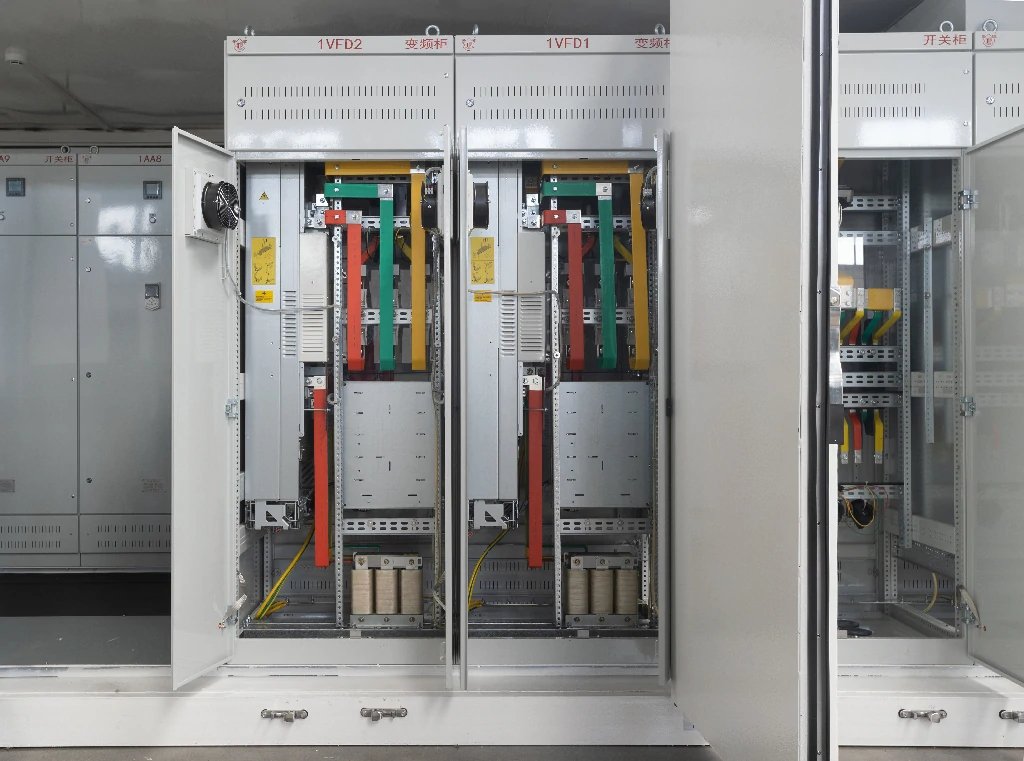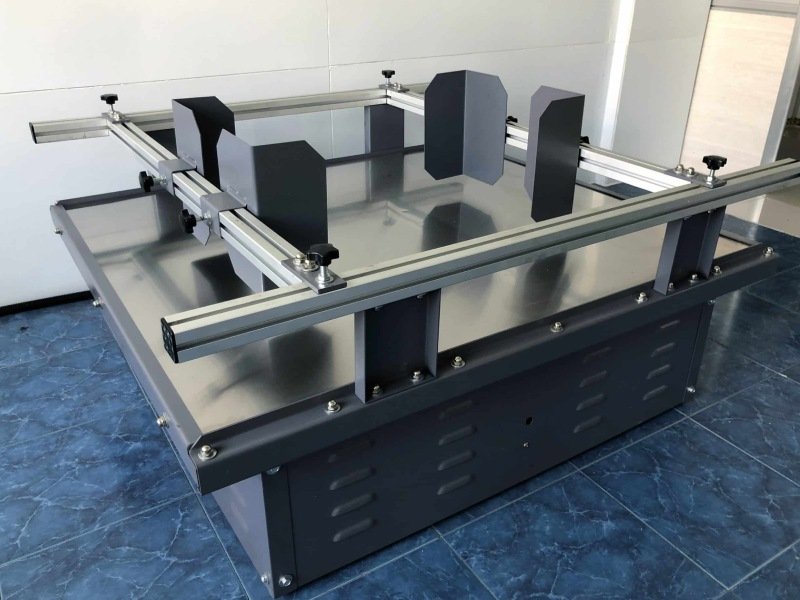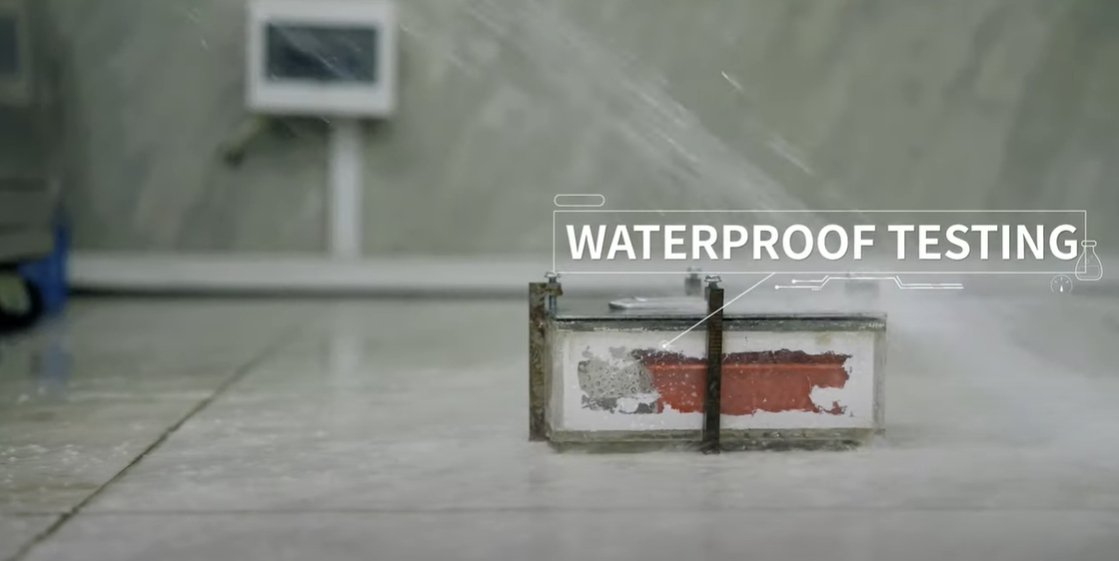In the world of engineering, latches play a crucial role in securing doors, cabinets, and various other applications. Understanding the different types of latches and their specific uses can significantly enhance the safety and functionality of your designs. In this comprehensive guide, we dive into everything you need to know about latches, covering their types, protective grades, surface finishes, and certifications.
Let’s explore the various aspects of latches in more detail.
What is a latch ?
A latch is a mechanical device used to hold or fasten objects together. It typically consists of a movable part that engages with a catch or keeper, securing the objects in place. Latches are widely used in various industries, from automotive to aerospace, due to their reliability and ease of use. They are fundamental components in systems where controlled movement and secure fastening are required.
Functions of a Latch
Latches serve several critical functions in engineering and design:
- Securing Doors and Panels: Latches are commonly used to keep doors and panels closed, preventing unauthorized access or accidental opening.
- Providing Safety: In many applications, latches ensure that safety-critical components remain in place, reducing the risk of accidents.
- Facilitating Access: Latches can also allow for easy and quick access to enclosed areas, which is essential in maintenance and repair operations.
- Enhancing Aesthetics: Some latches are designed to be aesthetically pleasing, complementing the overall design of the product
Types of Latches
The use of latches dates back to ancient times when simple mechanical devices were used to secure gates and doors. Over the centuries, the design and complexity of latches have evolved, leading to the sophisticated and highly specialized devices we use today. Modern latches are designed using advanced materials and manufacturing techniques to meet specific industry standards and requirements.
CAM LATCHES
Cam latches are simple, cost-effective devices that use a rotating cam to secure objects. The cam, typically a flat or cylindrical piece, rotates when the handle is turned, moving into or out of a catch or keeper.
Applications
They are commonly used in enclosures, cabinets, and panels where quick access is needed. Examples include electrical enclosures, HVAC units, and industrial machinery panels.
Advantages
- Easy to install and operate.
- Cost-effective solution for many applications.
- Available in various sizes and materials to suit different needs.
COMPRESSION LATCH
Compression latches provide a tight seal by compressing a gasket or seal when closed. They are designed to offer both secure closure and environmental sealing, which is essential in harsh or outdoor environments.
Applications
Ideal for applications requiring water or dust resistance, such as outdoor enclosures, HVAC systems, and marine equipment.
Advantages
- Provides a strong, vibration-resistant closure.
- Excellent for sealing out dust, moisture, and other contaminants.
- Often used in applications where environmental protection is critical.
Applications
Often used in automotive and industrial applications where frequent access is required, such as vehicle doors, machinery covers, and equipment enclosures.
Advantages
- Convenient and quick to use.
- Suitable for high-frequency use applications.
- Reduces the need for precise alignment, as the latch engages automatically.
PUSH-TO-CLOSE/ SLAM LATCH
Push-to-close, or slam latches, allow for easy closing by simply pushing the door or panel. The latch mechanism engages automatically, securing the door without the need for a handle or additional operation.
Applications
Often used in automotive and industrial applications where frequent access is required, such as vehicle doors, machinery covers, and equipment enclosures.
Advantages
- Convenient and quick to use.
- Suitable for high-frequency use applications.
- Reduces the need for precise alignment, as the latch engages automatically.
SLIDING LATCH
Sliding latches use a sliding mechanism to secure objects. The latch slides into a keeper or strike, locking the objects in place.
Applications
Typically used in doors, gates, and windows, providing a simple and effective locking solution. They are also common in furniture, cabinets, and some types of machinery.
Advantages
- Simple and reliable mechanism.
- Easy to install and operate.
- Available in various designs to suit different applications
INDOOR OR OUTDOOR LATCHES
Latches can be designed specifically for indoor or outdoor use, with materials and finishes tailored to withstand specific environmental conditions. Indoor latches may prioritize aesthetics and ease of use, while outdoor latches focus on durability and resistance to elements.
RIGHT OR LEFT OPEN LATCHES
These latches are designed to accommodate right-handed or left-handed operation, providing flexibility in various applications. The orientation can be changed to suit the user’s preference or the specific installation requirements.Common in doors, cabinets, and enclosures where the direction of opening is essential for user convenience and accessibility.
VISIBLE OR HIDDEN LATCHES
Visible latches are easy to access and operate, with the latch mechanism exposed. Hidden latches offer a cleaner, more aesthetic appearance by concealing the latch mechanism within the door or panel structure.
MECHANICAL OR MAGNETIC LATCHING
Mechanical latches use physical components to secure objects, relying on moving parts and physical engagement. Magnetic latches use magnetic force to hold objects together, often providing a silent and smooth operation.
Latch Materials
Zinc 5 Alloy Vs Zinc 3 Alloy
Zinc alloys are widely used in die casting, which is a metal casting process characterized by forcing molten metal under high pressure into a mold cavity. Here’s a comparison between Zinc 5 Alloy (also known as ZA-5) and Zinc 3 Alloy (ZA-3):
Zinc 3 Alloy
- Composition: Zinc 3 Alloy typically contains about 4% aluminum and 3% copper.
- Properties: This alloy is known for its excellent fluidity which makes it suitable for casting components with thin walls, intricate details, and smooth surfaces. It offers good mechanical strength but is slightly less strong than ZA-5.
- Applications: Due to its excellent castability and good strength, ZA-3 is often used for complex shapes in cosmetic applications, hardware, and automotive components that require precise details.
Zinc 5 Alloy
- Composition: Zinc 5 Alloy typically consists of about 4% aluminum and 1% copper, sometimes with small amounts of magnesium added for better creep resistance.
- Properties: ZA-5 has the highest tensile strength of all the zinc alloys, making it very durable. It also offers good resistance to wear and impact. It’s slightly less fluid than ZA-3, but still provides excellent casting characteristics.
- Applications: This alloy is suitable for structural applications where strength is a priority, such as in mechanical components, gears, and automotive parts where higher stress levels are anticipated.
To ensure the high standard of quality and durability of our products, Hingelocks consistently uses Zinc-5 alloy in manufacturing. We choose Zinc-5 not only for its superior mechanical strength and wear resistance but also because this material allows for better detail fidelity and overall structural stability, ensuring that your Latches maintain optimal performance in various conditions. By choosing our Hingelocks products, you are guaranteed industry-leading quality.
Metal VS Plastic Latches
Metal latches are stronger and more durable, making them ideal for security-sensitive and high-stress applications. They resist high temperatures but can corrode without proper treatment. Plastic latches, on the other hand, are more cost-effective and lightweight, with inherent corrosion resistance, suitable for less demanding environments. However, they are less durable and may deform under high temperatures. The choice between metal and plastic latches depends on the specific needs of the application, considering factors like strength, environment, cost, and weight.
Protective Grades
If your cabinet or enclosure is located outdoors, the components you use, including your latches, should be NEMA or IP rated. NEMA (National Electrical Manufacturers Association) and IP (Ingress Protection) ratings define the protection level against substances like water and dust. While NEMA standards are used in the United States, Europe uses IP ratings. However, both standards can be found on products in both regions, so it is beneficial to be familiar with both. You can find more information about IP and NEMA rating comparisons here.
NEMA Ratings
NEMA ratings, developed by the National Electrical Manufacturers Association, are used in the United States to define the protection level of enclosures against environmental hazards like dust, water, and corrosive substances.
KEY NEMA RATINGS
- NEMA 1: General-purpose indoor use, providing basic protection against dust and light.
- NEMA 3R: Outdoor use, providing protection against rain, sleet, and snow.
- NEMA 4X: Outdoor use, offering enhanced protection against corrosion, windblown dust, and water ingress.
NEMA-rated latches are essential for outdoor enclosures, electrical cabinets, and industrial applications where environmental protection is crucial.
Advantages
- Ensures latches can withstand specific environmental conditions.
- Provides peace of mind regarding the safety and longevity of the enclosure.
- Facilitates compliance with industry standards and regulations.
IP Ratings
IP ratings, or Ingress Protection ratings, are used in Europe and other parts of the world to specify the degree of protection provided by enclosures against dust and water. The rating consists of two numbers: the first indicates protection against solid objects, and the second against liquids.
Key IP Ratings
- IP20: Protection against solid objects larger than 12.5mm, no protection against liquids.
- IP65: Dust-tight and protected against water jets from any direction.
- IP67: Dust-tight and protected against temporary immersion in water.
Applications
IP-rated latches are used in outdoor and harsh environments, such as marine, automotive, and industrial settings, where protection against dust and water is essential.
Surface Finishing
CP01 BRIGHT CHROME PLATING
Bright chrome plating offers a shiny, reflective finish that enhances the appearance and corrosion resistance of latches. The process involves electroplating a thin layer of chromium onto the latch surface
CP02 GRAYCHORME PLATING
Gray chrome plating provides a more subdued, matte finish while still offering excellent corrosion resistance. This finish is achieved through a similar electroplating process with adjustments to achieve the desired matte appearance.
CS01 BLACK POWDER COATED
Black powder coating offers a durable, protective finish with a sleek, modern appearance. The process involves applying a dry powder to the latch surface and curing it under heat to form a hard, protective layer.
CS02 MATT BLACK
Matt black finishes provide a non-reflective, subtle look, ideal for applications requiring a low-profile appearance. This finish is achieved through powder coating or other surface treatment processes.
CP03 POCKED CHROMPLATING
Pocked chrome plating combines the reflective properties of bright chrome with a textured surface for a unique look. The pocked texture adds visual interest and can also enhance grip in certain applications
CS03 MATT BLACK
Similar to CS02, matt black finishes are available in various textures, offering designers flexibility in achieving the desired aesthetic. This finish is commonly used in high-end applications where appearance is critical.
OTHER COLORS FREE TO CHOOSE
Latches can be finished in a wide range of colors to match specific design requirements or aesthetic preferences. Custom color finishes are achieved through powder coating, painting, or other surface treatment methods.
Certification of Latches Your Must Know
Certifications ensure that latches meet industry standards for safety, performance, and quality. Certified latches have undergone rigorous testing and evaluation to confirm their compliance with specific criteria.
- UL (Underwriters Laboratories): Ensures that latches meet electrical and fire safety standards. UL certification is widely recognized and trusted in North America.
- ISO (International Organization for Standardization): Provides guidelines for quality management systems. ISO certification demonstrates a commitment to quality and continuous improvement.
- CE (Conformité Européenne): Indicates compliance with European safety, health, and environmental protection standards. CE marking is essential for market access within the European Union.
- BHMA (Builders Hardware Manufacturers Association): Sets standards for the performance and durability of builders hardware, including latches. BHMA certification is recognized in North America.
How to Choose Right Latches for My Application?
Choosing the ideal latch for your project is a pivotal decision shaped by several key considerations. To ensure alignment with both functionality and aesthetics, follow these streamlined steps:
- Determine your project’s needs (ex: whether security, ease of use, or vibration resistance). This initial understanding will guide your future decisions.
- Explore the diverse range of latch types (see above). Choose the type that best suits your project’s needs and intended use.
- Keep the latch’s intended environment in mind when choosing materials. You want the latch to perform effectively given its surrounding conditions.
- Define your required security level. Is it quick access, key locked, or electronically controlled? Do you define it by the strength of the latch itself, or by tracking who has access at a given time? Make sure your latch can meet that level.
- Consider user-friendliness. If the latch serves a wide range of users, prioritize intuitive design with a high cycle life for long term consistent performance.
By thoughtfully addressing these factors, you can confidently select a latch that seamlessly suits your project’s goals and specifications.you can also contact our expert team.
Conclusion
Understanding the different types of latches, their protective grades, surface finishes, and necessary certifications is crucial for engineers. This knowledge ensures the selection of the right latch for each application, enhancing safety, functionality, and aesthetics. Whether you are designing for indoor or outdoor use, mechanical or magnetic latching, or specific environmental conditions, the right latch can make a significant difference in the performance and reliability of your design. If you have any questions or need further assistance, feel free to reach out!







